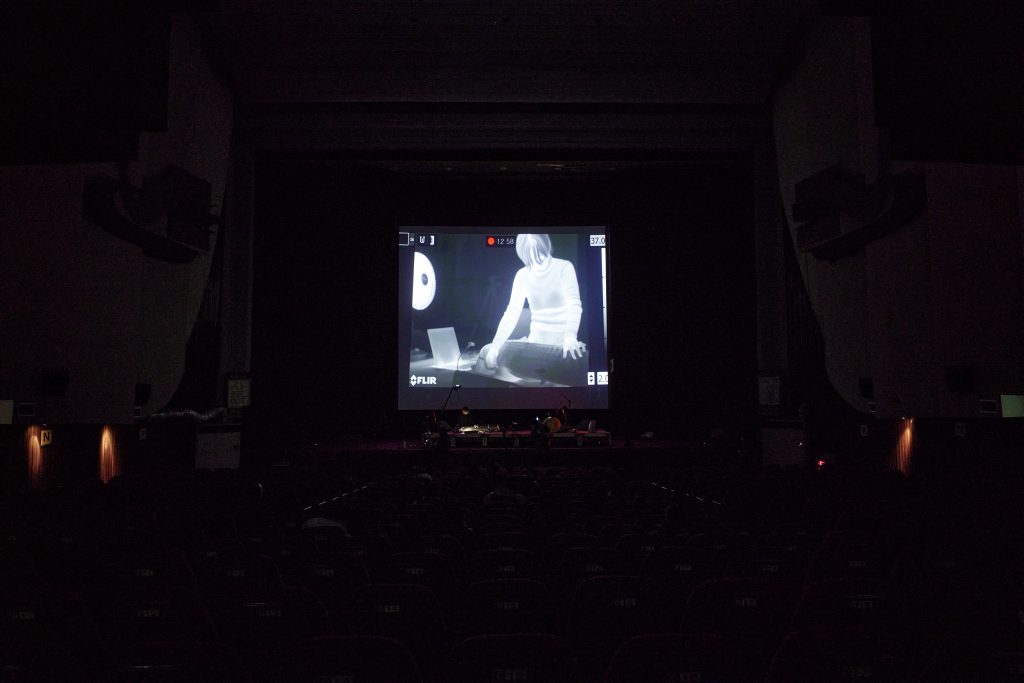Judy Radul’s interdisciplinary practice investigates hierarchies of sight, film as a material force in the world, and the camera eye as an ever-present actor negotiating regimes of truth, evidence, and social choreography. Through reflection, doubling, and refraction, she examines how surveillance—in both practical and etymological senses of the camera’s eye overseeing and being vigilant—operates in private and public spheres and how the scrutiny of organic and machine vision reshapes human behavior. The psychological and phenomenological effects of media like curiosity, narcissism, and discomfort play into many of Radul’s performative and installation works to charge the ambience of the exhibition space and the visitor experience.
In her 2017 solo exhibition “the king, the door, the thief, the window, the stranger, the camera,” Radul explored the poetic and social agency of doors, windows, entrances, and exits by means of her multi-camera, live-feed “present system,” transforming (formerly known as) Witte de With’s exhibition spaces into a dynamic set for live image production. Similarly, the artist has transformed the architecture of the Gwangju Theater’s large screening hall, corridors, and former projection chamber into a studio-like environment where live and transmitted proceedings render a fragmentary and collaged visual feed and embodied score. At the cinema, Radul challenges the concept of visual perception and “the image” in a technological and biological sense by pointing thermal cameras at two musicians: Gina Hwang, who masters and electronically challenges the soundscape of the geomungo, a traditional Korean six-string instrument; and Hannah Kim, a multi-percussionist who plays traditional instruments including janggu drum and gong. While heat-sensitive camera technologies are usually deployed by the weapons industry and for border control monitoring, mechanical inspection, surveillance, ghost hunting, and fever-screening systems, Radul’s project mobilizes an active exchange between sonic, cinematic, and corporeal experience. The live performance and installation are the result of a close collaboration between the artist and the musicians to focus on the physical origin of sound: the plucking of a string, the tapping of a drum, and the movement of the body. As a means of visualizing the reverse causality of music, the work is positing the “production” of the instruments and their materiality by way of the constitutional force of sound vibration, timbre, and tone color.
Natasha Ginwala

